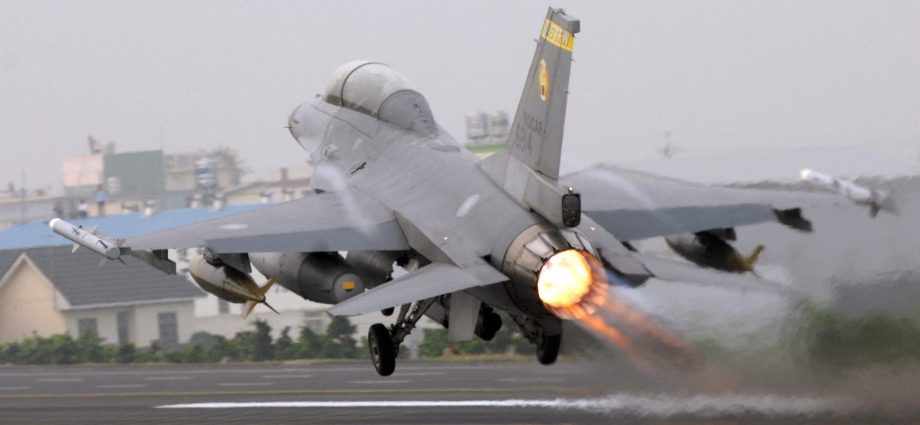Some 10,000 to 20,000 troops comprising the Ukrainian army in Bakhmut are now trapped. Reports say that the city is operationally encircled with diminishing chance of a breakout.
To the west of Bakhmut is a lot of open country and not much to prevent a Russian advance all the way to the Dnieper River. There is no hard evidence yet that the Ukrainian army has prepared a second line of defense.
This means the way may be open for a possible major offensive by Russian forces. Whether that will happen and what Russia’s goals are remain to be seen.
Most of the Russian advance in Bakhmut was by “private army” Wagner forces. Wagner troops are on the eastern and southern side of the town, and also in the north. A major stronghold, Yahidne, has now fallen.
Ukraine tried a counter-offensive that temporarily gained some ground, but now it has been rolled back. There is little chance that the Ukrainians have an opportunity to try again.
The weather is about to turn rainy and overcast. This makes it difficult for Ukrainian forces to retreat from the city in any orderly way. The roads are all but blocked, and forces evacuating across muddy farm fields will be difficult, leading to high casualties.
So far, at least, Kyiv has admitted only that the Bakhmut situation is “difficult.” There has not been any general order to pull out, a move that would have been feasible earlier.
It is hard to see what Ukraine thought it could achieve by sacrificing an important part of its frontline force.
One theory is that Ukraine’s general staff thought they could tie up the Russian army and inhibit its possible advance. But the Russians did not commit their front line regular forces to Bakhmut; they used the Wagner troops instead.
Another theory is that a long siege, like Mariupol, would play well in the West, showing Ukraine’s heroic fighters holding out against the barbarian Russian behemoth. While Bakhmut was fighting for its life, Ukraine could demand more and better weapons, especially long range artillery and US fighter planes.
While Western leaders are busy pledging their undying support for Ukraine, the anticipated big deliveries of tanks and armored fighting vehicles now look to be shaping up more in the tens of vehicles than in the hundreds.
The US Army, which did not want to send Abrams tanks to Ukraine at all but was persuaded by the recalcitrant Germans to do so, has backed away from that saying that US Abrams tank deliveries could take a year or more to fulfill.
The Ukrainian demand for war planes also is unlikely to be met. President Biden said this week that Ukraine does not need F-16s, the fighter jets that have been on Ukraine’s wish list. In any case, other than older F-16s used by the US National Guard, there are not any F-16s to give. Even Taiwan, which ordered new F-16s, has been told that deliveries will be delayed – maybe for years.

The Italians have backed out from offering any aircraft to Ukraine. The Germans don’t have any to spare (and they are not F-16s), and if the British ship any planes, British home defenses will be reduced significantly.
Thus despite the propaganda and the calls by major politicians and news outlets for further arming of Ukraine, there just isn’t much available.
Meanwhile, the Russians say that Ukraine is planning on an attack on Transnistria, the Russian breakaway area of Moldova. Transnistria contains massive warehouses of Russian ammunition, in particular 152mm artillery shells. This is a very old stockpile, some of it going back to just after World War 2. Whether it is useful or not isn’t known.
Zelensky has not said anything about Transnistria, but he says he is rearming to retake the Crimea. This, however, seems unlikely for some time given the critical condition of Ukraine’s army stretched along a long line of contact with the Russians.
Despite brave statements of all kinds from western and Ukrainian sources, the Ukrainian army could face encirclement if a real Russian offensive is launched.
Quite possibly Russia’s objectives in the Ukraine war may change.
The stated objective of the Russian Special Military Operation was to secure the territory of the two breakaway Republics, Donetsk and Luhansk, now annexed to Russia. What the Russians seem to have learned is that stabilizing the line is extremely difficult and costly. What would constitute an acceptable outcome is elusive.
So long as Ukraine says it will take back every inch of these territories, either now or tomorrow, simply holding them won’t end the conflict – especially if the United States and NATO keep pumping up the Ukrainians with weapons.
In short, in this scenario the Russians lose without a peace deal (which is not going to happen as long as Washington opposes one).
Because Russia now understands it is fighting Ukraine and NATO, it needs to dramatically change the current algorithm in order to get a positive outcome. Moreover, Russia has to do this while using restraint so as not to set off a broader European war.
This leads inexorably to a change in Russian strategy, which may be what we are starting to see as Russia gets closer to being able to organize a major offensive in Ukraine. Russians goals could include trapping most of Ukraine’s fighting forces (after significantly attriting their air defenses and artillery) or jumping over Ukraine’s army and aiming operations directly at Kyiv, in effect trying to bring about political change.
Russia’s offensive may be aided by the Bakhmut disaster for Ukraine’s army. The decision to hold their forces in the Bakhmut pocket could turn out to be the worst war decision yet made by Ukrainian leaders, undermining army morale and accelerating criticism of both the political and military leadership.
___________________________________
Stephen Bryen is a senior fellow at the Center for Security Policy and at the Yorktown Institute.

